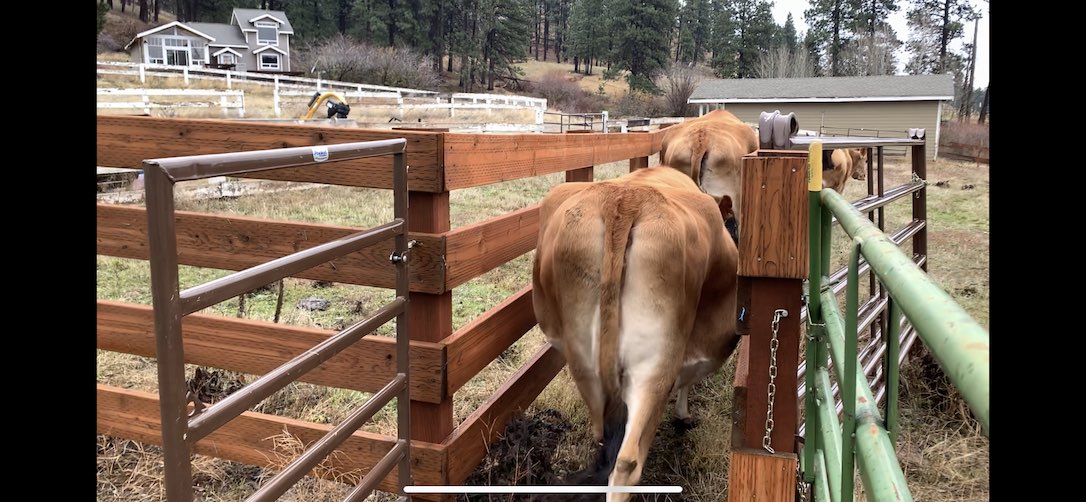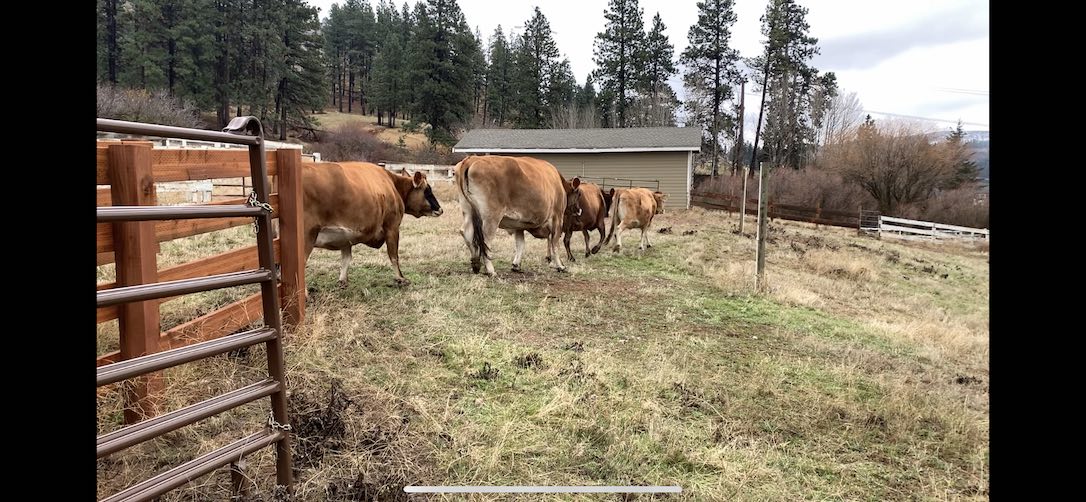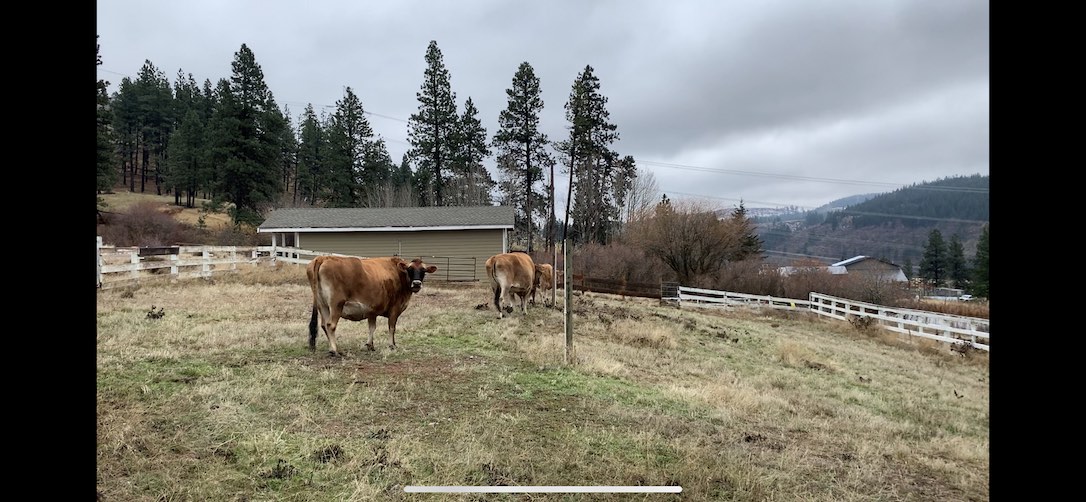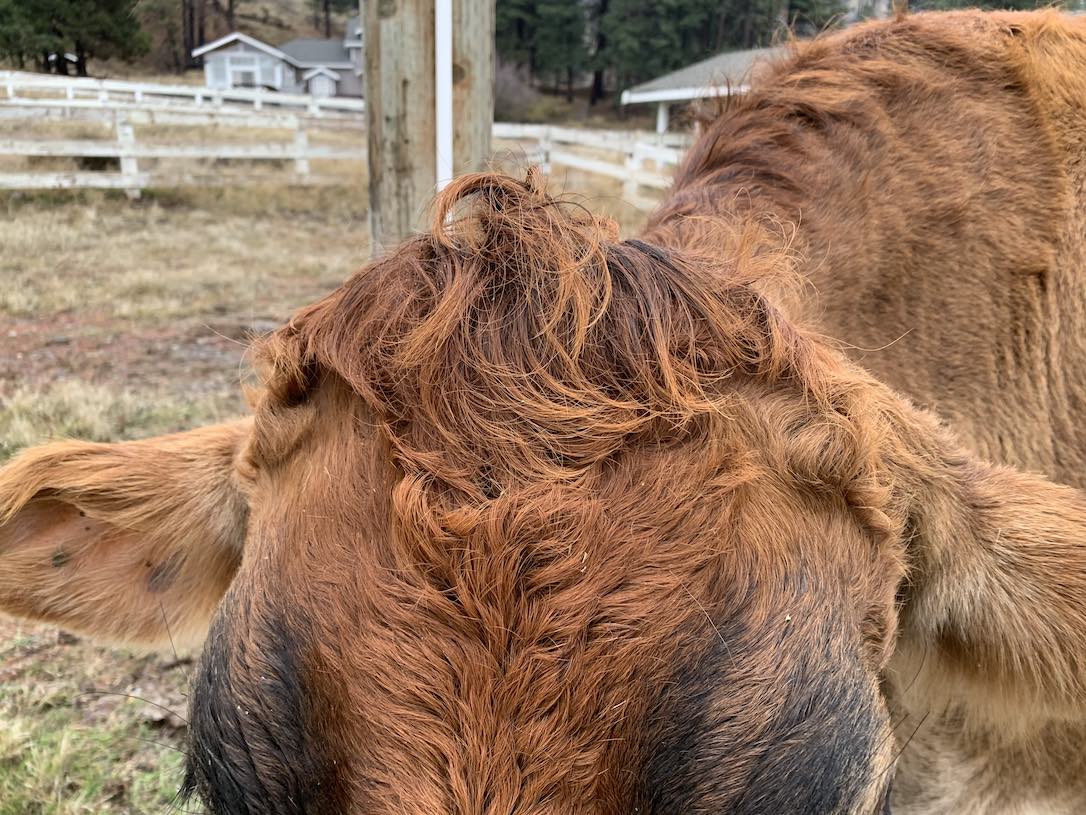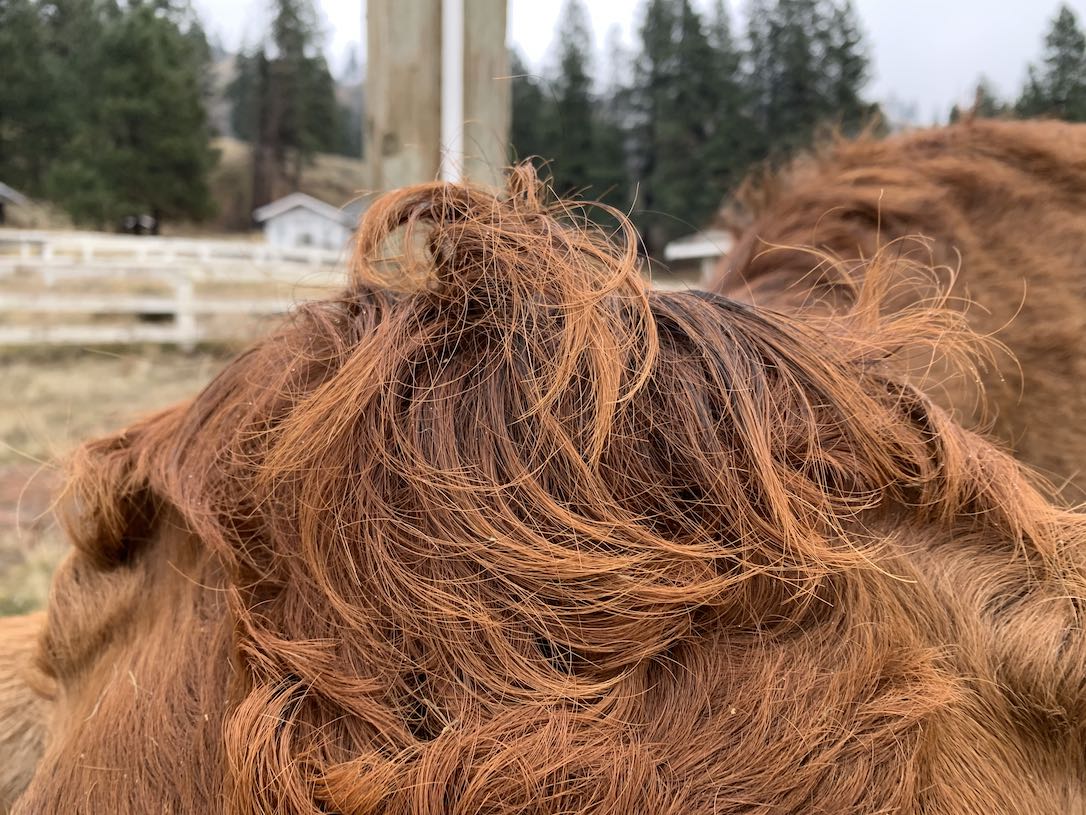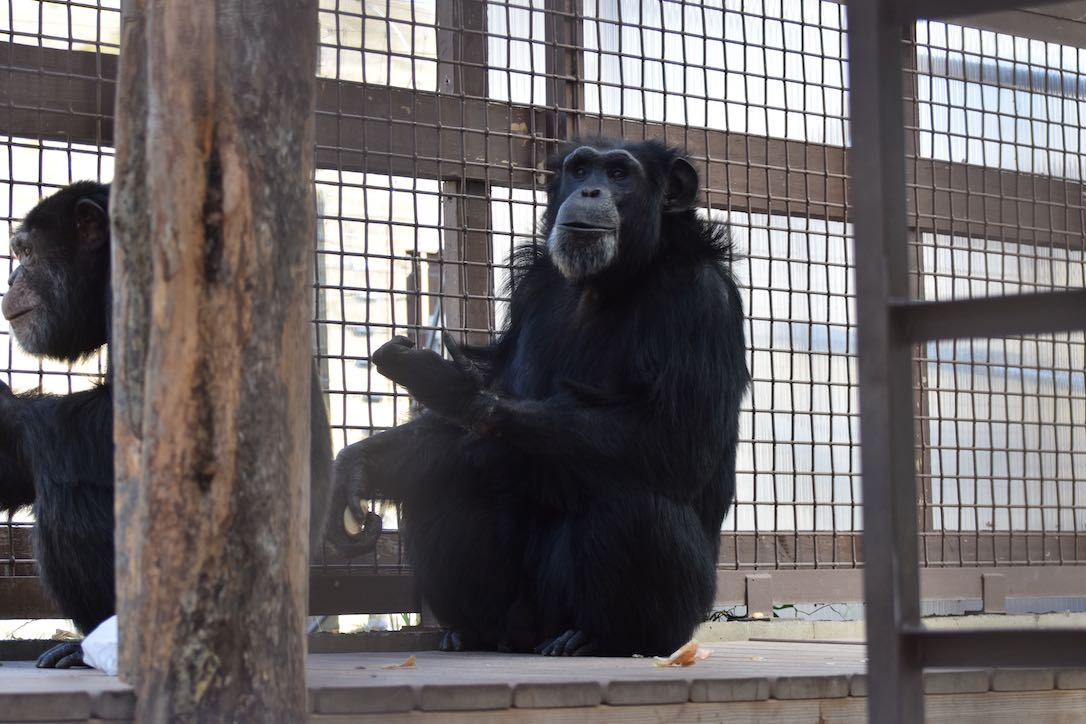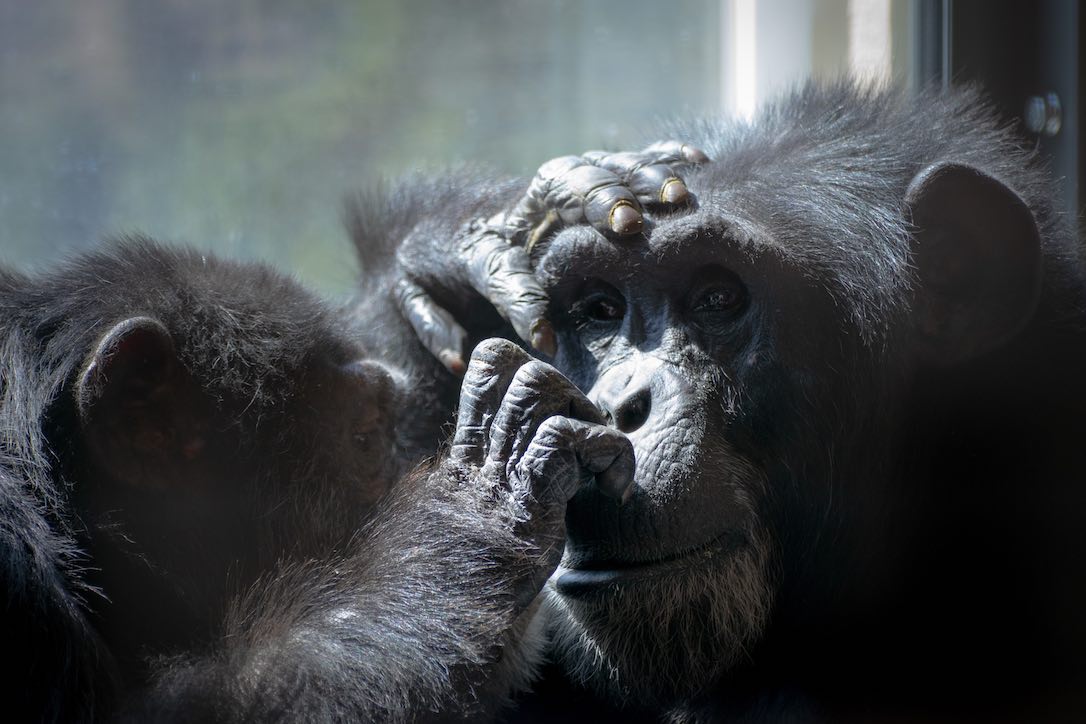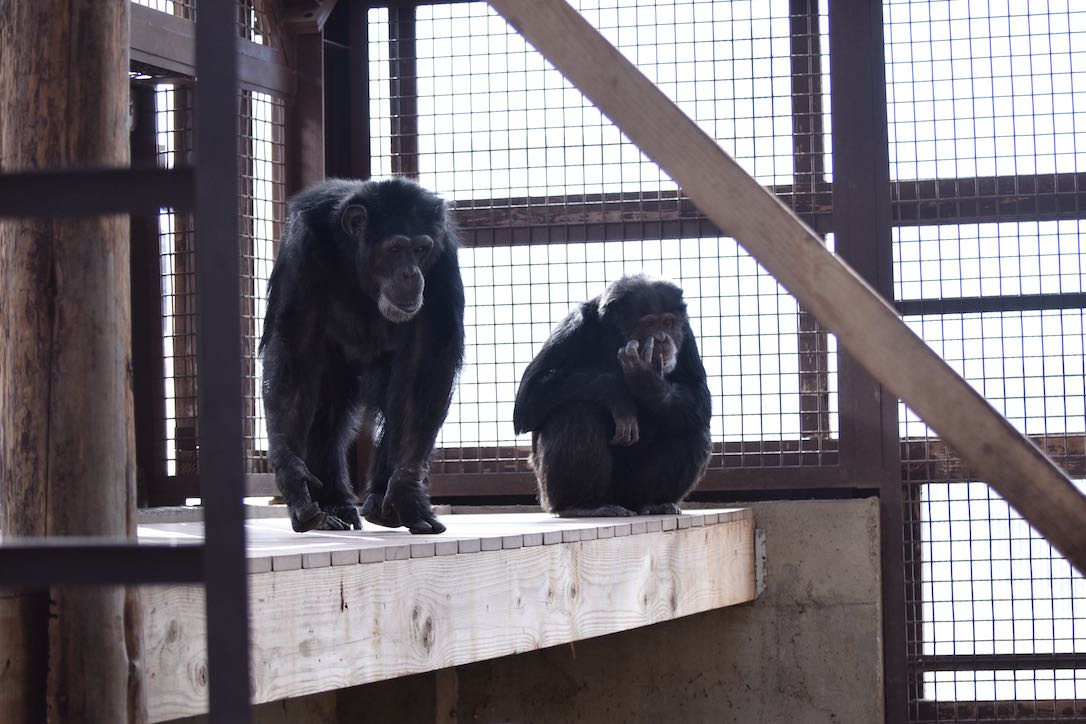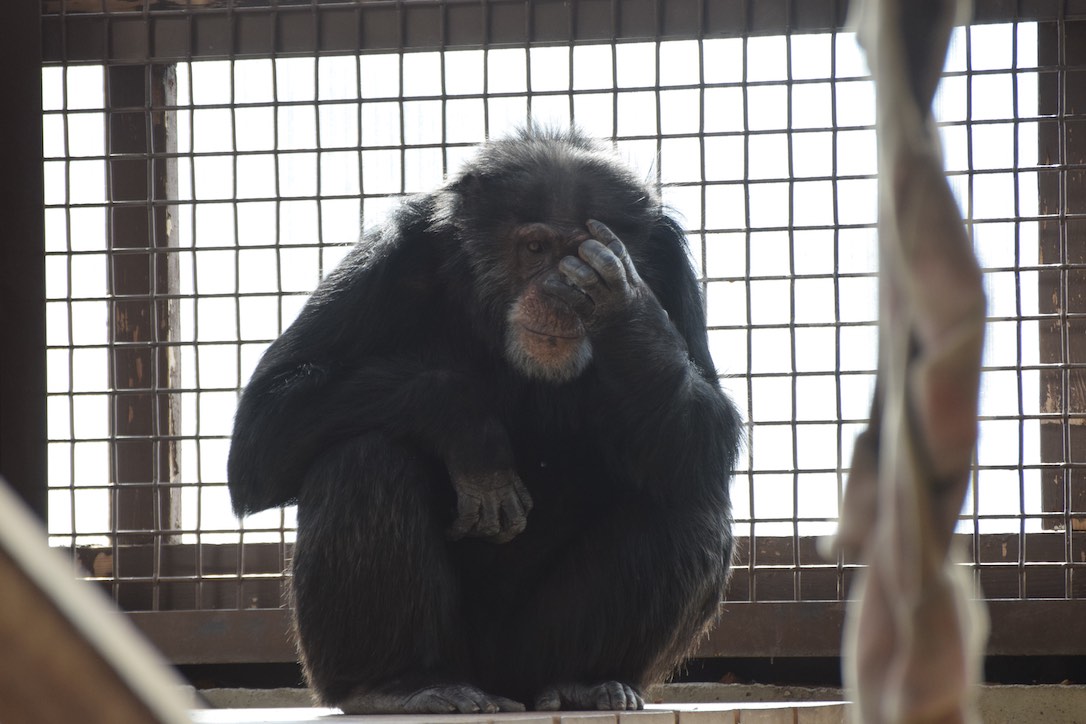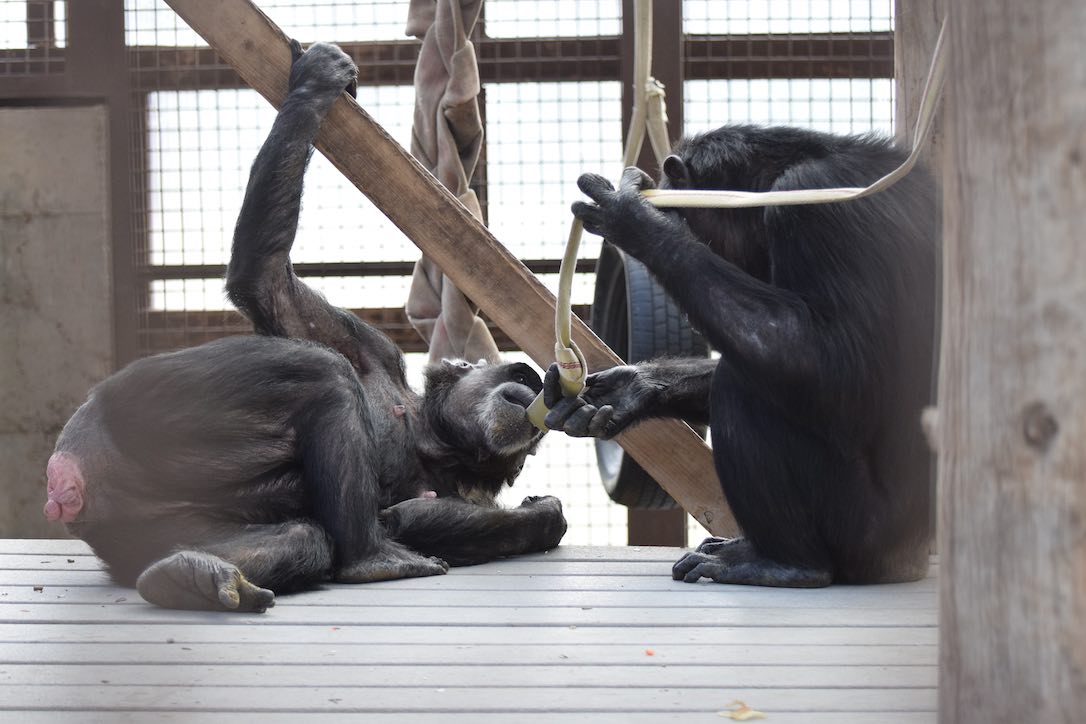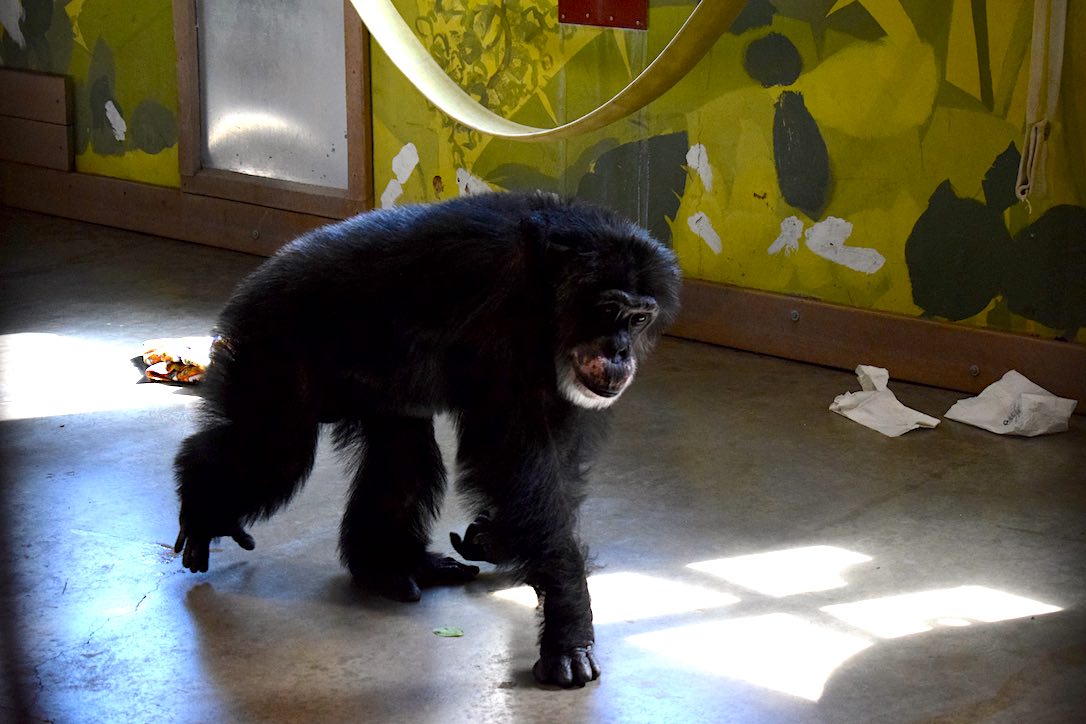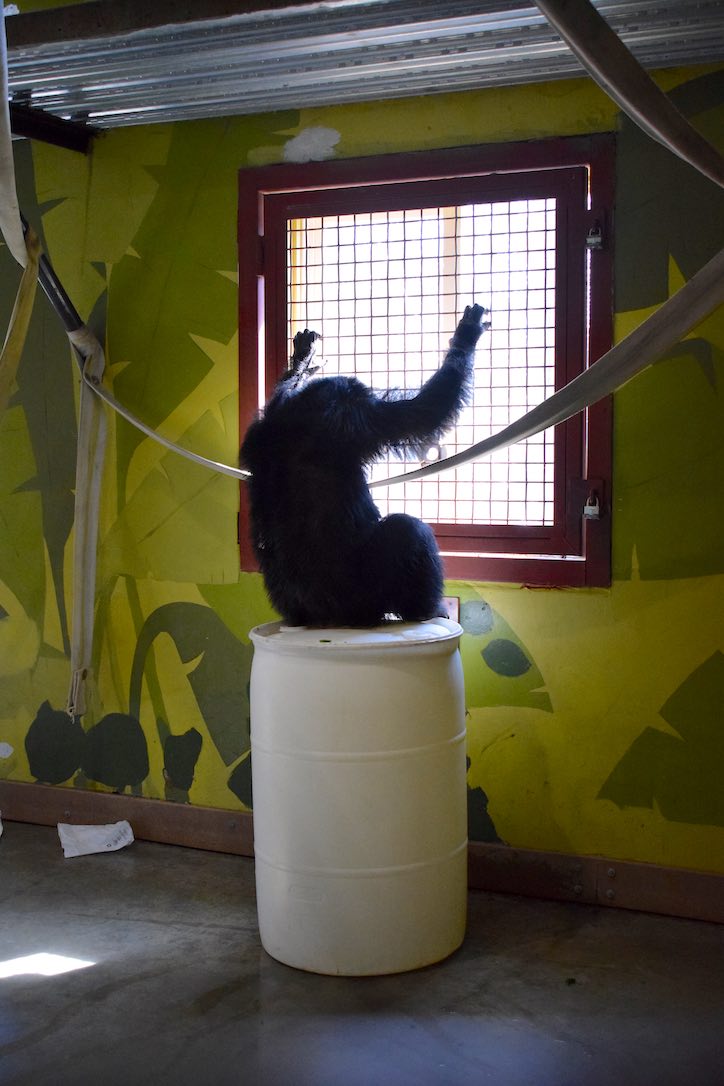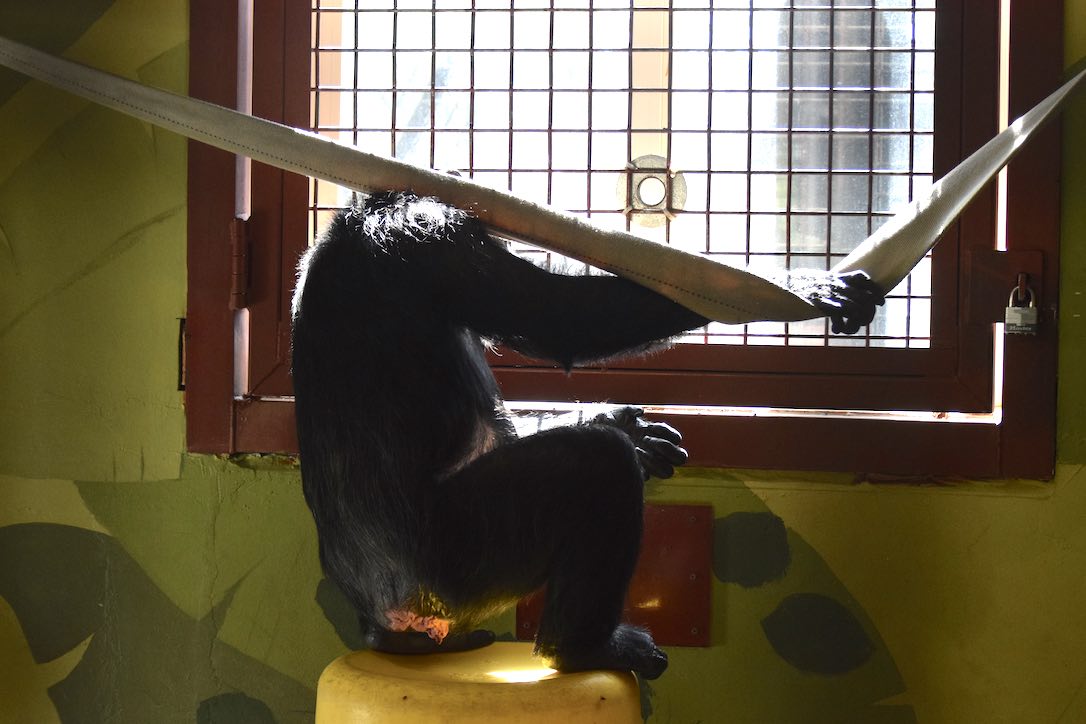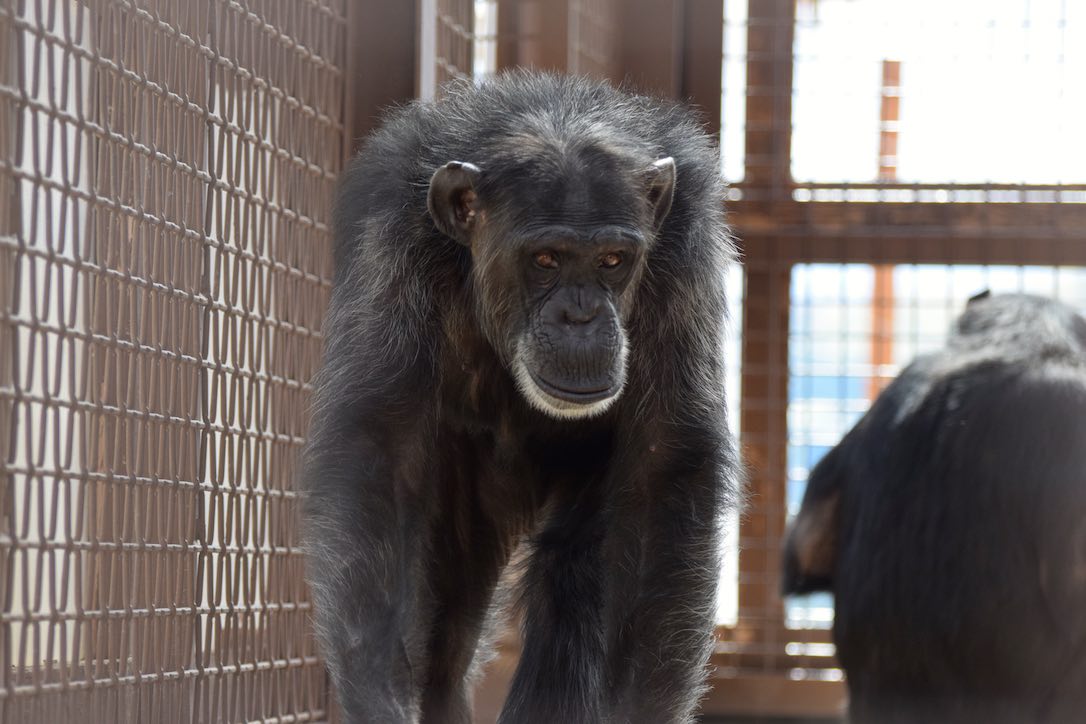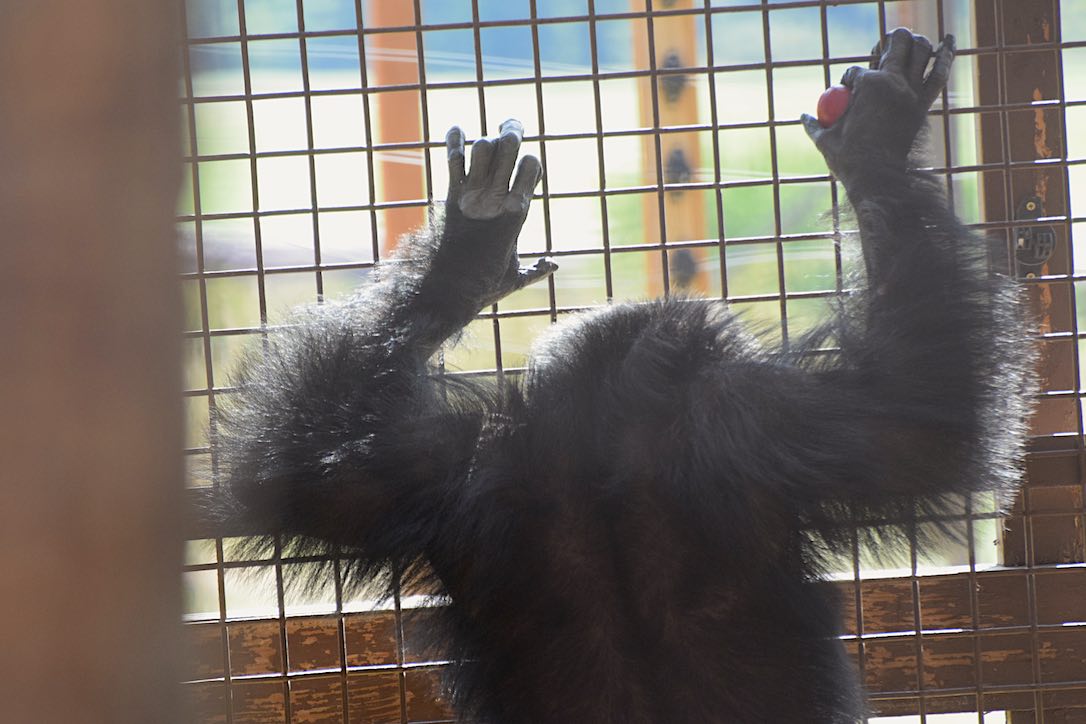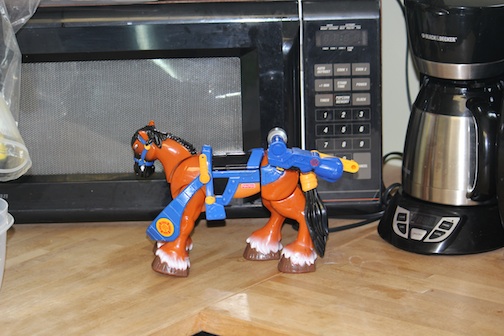Primates and Bovines
Most of our staff were, at one point or another, either primatology students at nearby Central Washington University (CWU) or interns at the university’s Chimpanzee and Human Communication Institute. People are often surprised to learn that CWU students can specialize in primate behavior at the undergraduate, graduate, or professional certificate level. It’s quite the niche.
We sometimes joke about our research-oriented backgrounds whenever we catch ourselves doing strange tasks around the Chimp House (like fishing stray troll dolls out of the septic tank filter, perusing Amazon for Jamie’s next favorite picture book, or shoveling chimp-size paths through the snow on Young’s Hill). Irony aside, the people who use their Primate Behavior degrees exclusively for studying primate behavior are the true anomalies. The skills developed while studying primatology are widely applicable to a variety of different career paths, and most of us end up doing things we never even dreamed of when we were students.
This point was reiterated when I remotely interviewed for a caregiver position at CSNW. One of the topics that came up was that of cattle care, which is quite different from the other Chimp House duties and may have turned off some candidates. When J.B. asked if I had any familiarity with bovines, I responded that “I have never cared for cattle.” The phone went awkwardly silent for a second, and I quickly realized my strange wording suggested I didn’t like cows. Of course, I actually meant that I had literally never worked with them before, and I tried my best to convey that I was in no way prejudiced against cattle. In fact, I knew little about bovine health or behavior but was super stoked to learn.
Shifting For Safety
In some respects, taking care of chimpanzees is vastly different from managing domesticated animals such as cattle. Sometimes, though, the overlap is considerable. From my perspective, one similarity shared by all species is the tendency to not go where you want them to, making their care more difficult.
We’ve recently discussed the challenges of shifting chimps around the building so that we can safely unlock areas for cleaning. In some cases, such as Willy B’s epic filibusters in the Courtyard and the chute, we can make alternate plans that align with the chimps’ preferences. However, we don’t always have that luxury. On rare occasions, we encounter situations when we need the chimpanzees to leave an area for their immediate safety. These improbable events may be related to extreme weather, enclosure maintenance, or dangerous wildlife. In these critical moments, confused chimpanzees tend to pay less attention to their caregivers and are less likely to cooperate.
One example is that of Burrito’s rattlesnake encounter in Young’s Hill back in September. On that day, the chimps voluntarily came inside, letting us administer antivenom to Burrito and remove the snake from the habitat. In the weeks after, we prioritized recall training. To execute a recall, we invite the the chimps to return to the building, letting us close the doors in exchange for high-value treats. In a couple of cases, this proactive cooperation helped us to humanely relocate non-venomous snakes that had mistakenly found their way into the chimps’ outdoor enclosure. Once the warm weather returns in the spring, we will surely resume this training.
Note: We are frequently asked whether we intervene in fights by splitting the chimpanzees up. We usually do not. Separating a frenzied group of chimps during an altercation is extremely difficult since they are so focused on each other during these moments. They almost always resolve the conflict and reconcile without our assistance.
Other institutions do similar activities for the sake of their chimpanzee residents. At the closed Wildlife Waystation (from whence came Honey B, Mave and Willy B), caregivers are currently teaching the chimps to willingly shift into transport cages in case nearby wildfires threaten the facility again. This ongoing effort recently garnered some well-deserved media attention. As the sanctuary community works to re-home the remaining chimps, it’s good to know that their immediate wellbeing is still a top priority. When those chimpanzees make their way to accredited facilities like ours, hopefully they’ll be like Honey B and bring their cooperative attitudes with them.
The Bud Box
Of course, the chimpanzees aren’t the only CSNW residents who need this kind of training. The sanctuary’s four cattle are also managed using positive reinforcement, and training them to voluntarily enter a smaller corral is one of our top priorities. Plausible scenarios in which we would need to confine the cattle would be to address individual health concerns, to make repairs to the pasture fences, or to evacuate the herd due to a nearby wildfire. We also use a similar process to isolate them for their annual hoof trims and vaccinations. In all of these cases, the first step is to get them out of the larger pasture and into a smaller corral. From there, we herd them into an even smaller pen and then into a narrow chute that allows for safe handling. Cattle are naturally skeptical of anything that seems different (and for good reason), so anything we can do to familiarize them with this process has a positive effect on their welfare.
The key to all this is the Bud Box. Although it sounds like a monthly subscription service for cannabis enthusiasts, the Bud Box is actually a type of cattle pen named after its late inventor, Bud Williams. Bud’s design was (and remains) quite simple: a rectangular enclosure that has one or more outflows located near the main entry gate. Cattle will often turn back once they encounter a dead end, at which point they easily divert into a narrow chute for veterinary care or transport. This relatively cheap design is wildly effective and popular. J.B. built our sanctuary’s Bud Box shortly after the cattle arrived, and it’s already proving to be worth all of his hard work.

As the above diagram shows, the Bud Box is designed to keep the cattle “flowing” into the chute without much human participation or promise of reward; their aversion to containment drives them through. Ideally, all the human operator has to do is close one gate and open another. Still, it can work better if the animals are familiar with the pen and relatively relaxed. Training is one way to achieve this.
Erin and I have been doing some Bud Box training recently. During these sessions, we put some of the bovines’ regular hay into the box and then briefly close them inside. Then, we open the side gate so they exit through the corresponding chute, receiving the rest of their hay as a reward. Afterwards, we leave the swing gate wide open so that they can re-enter the Bud Box for any leftovers. The following photos show a step-by-step record of the entire process (in case you want to try it with your beloved Jersey cattle at home).
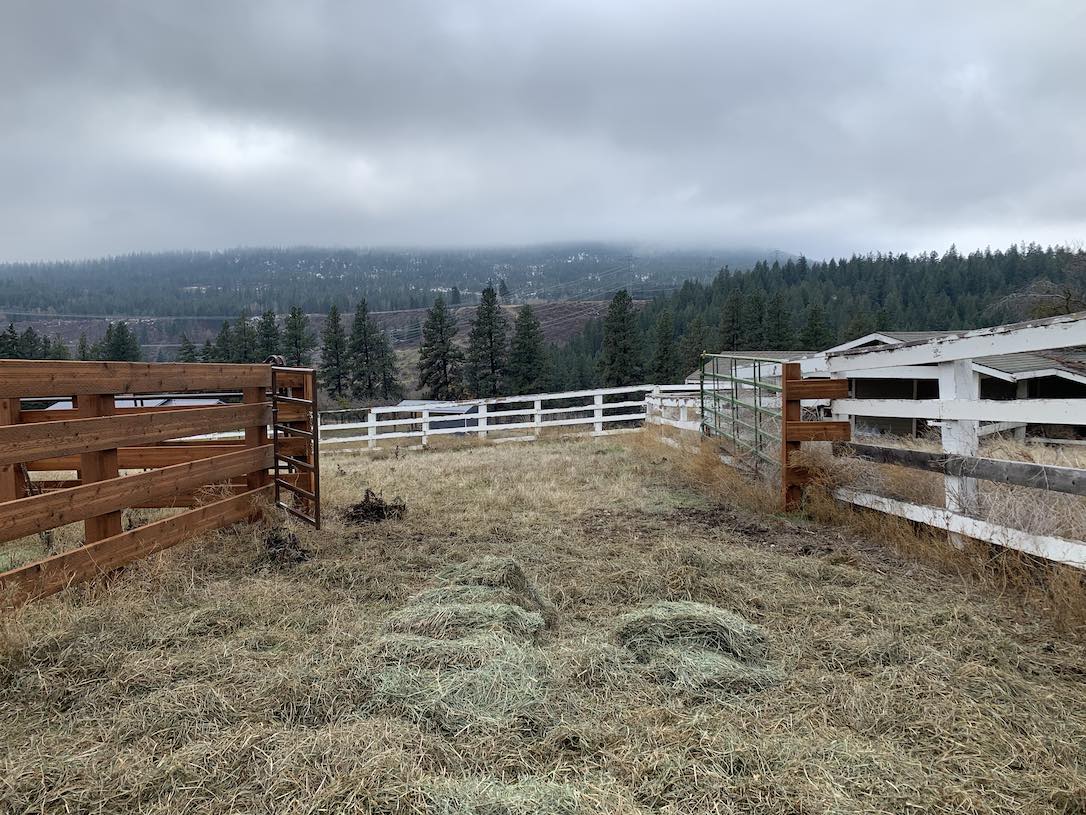
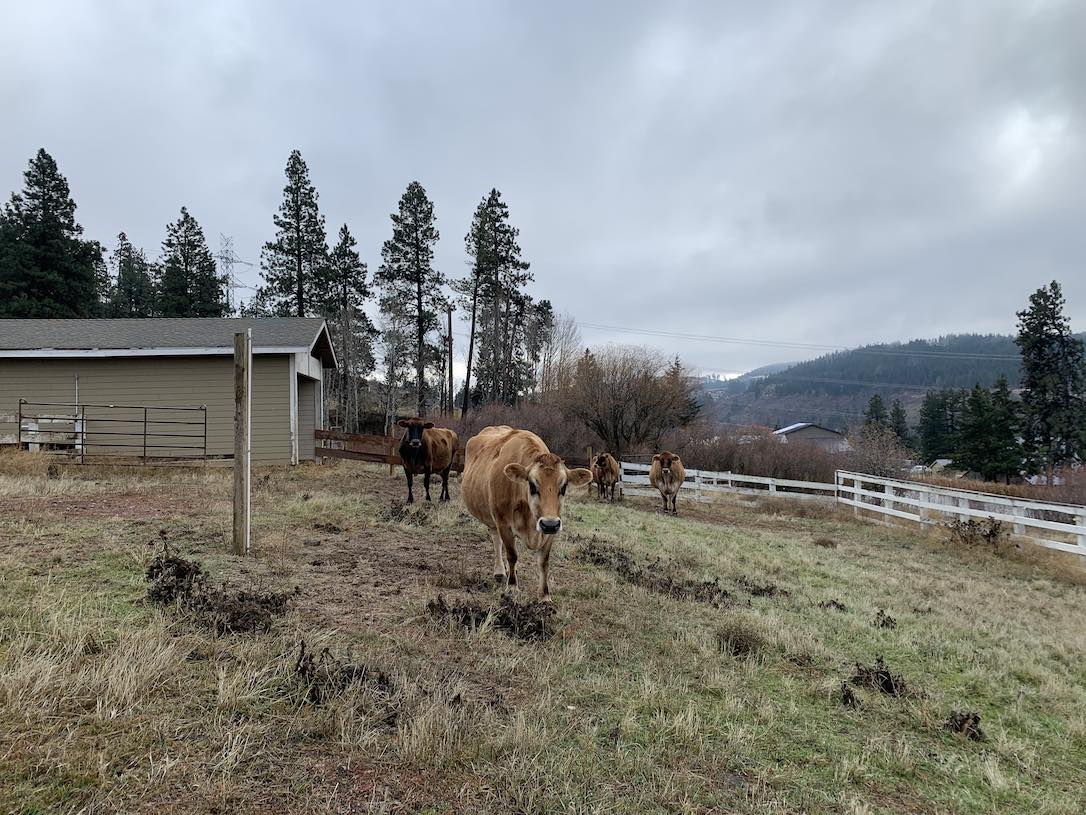
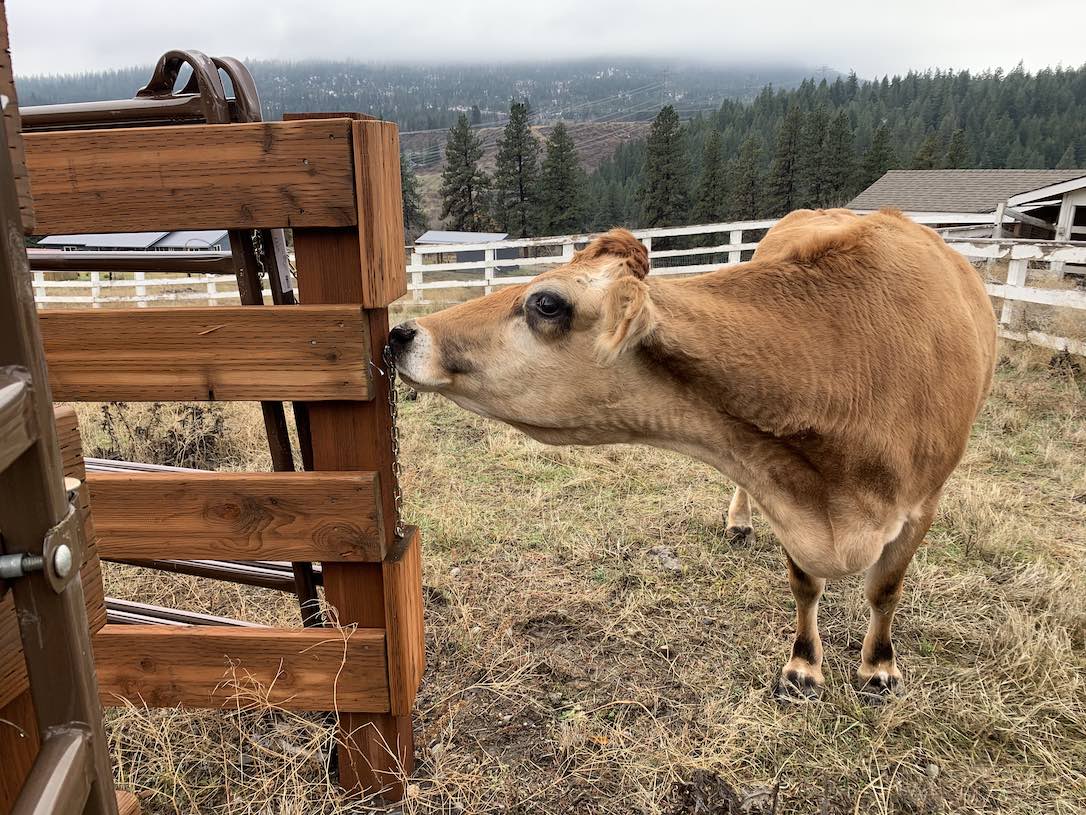
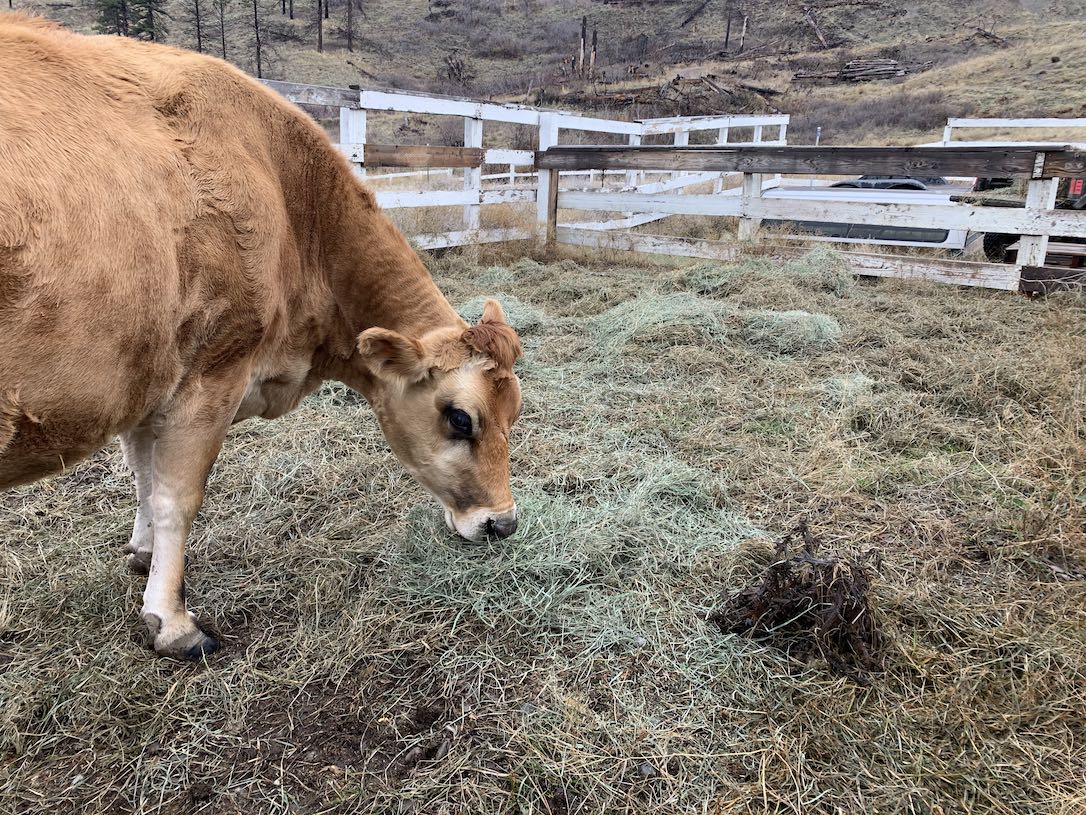
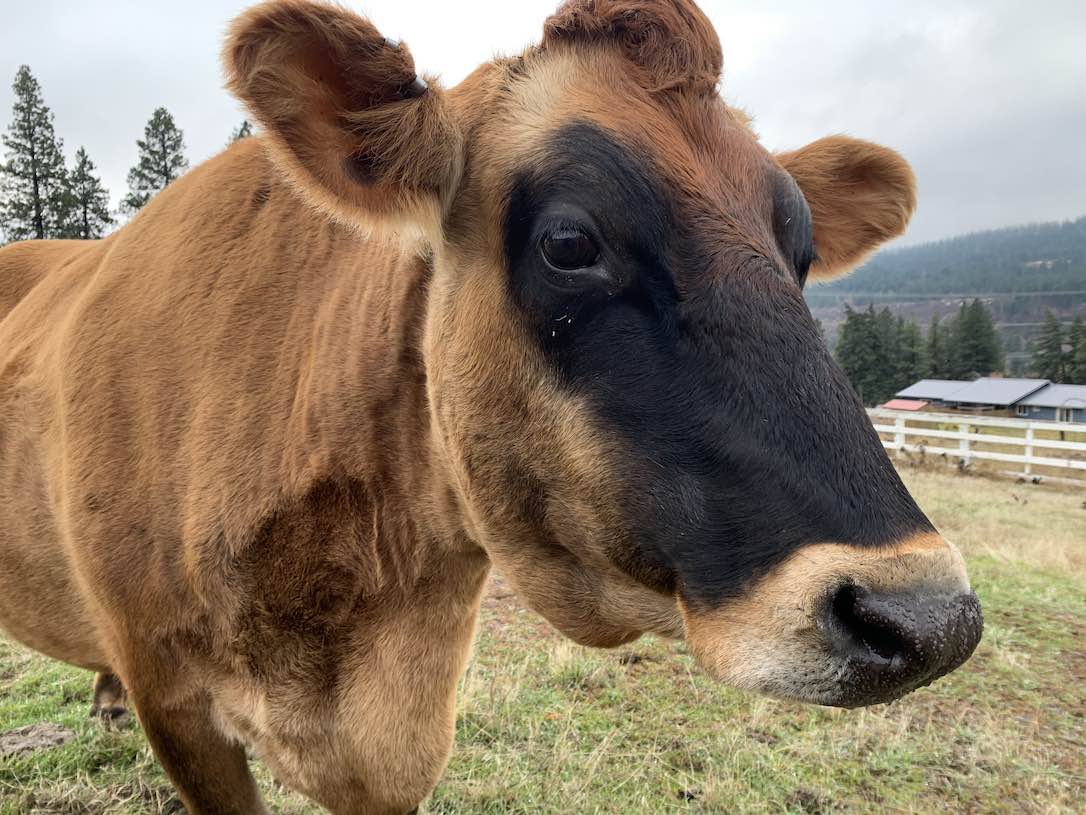
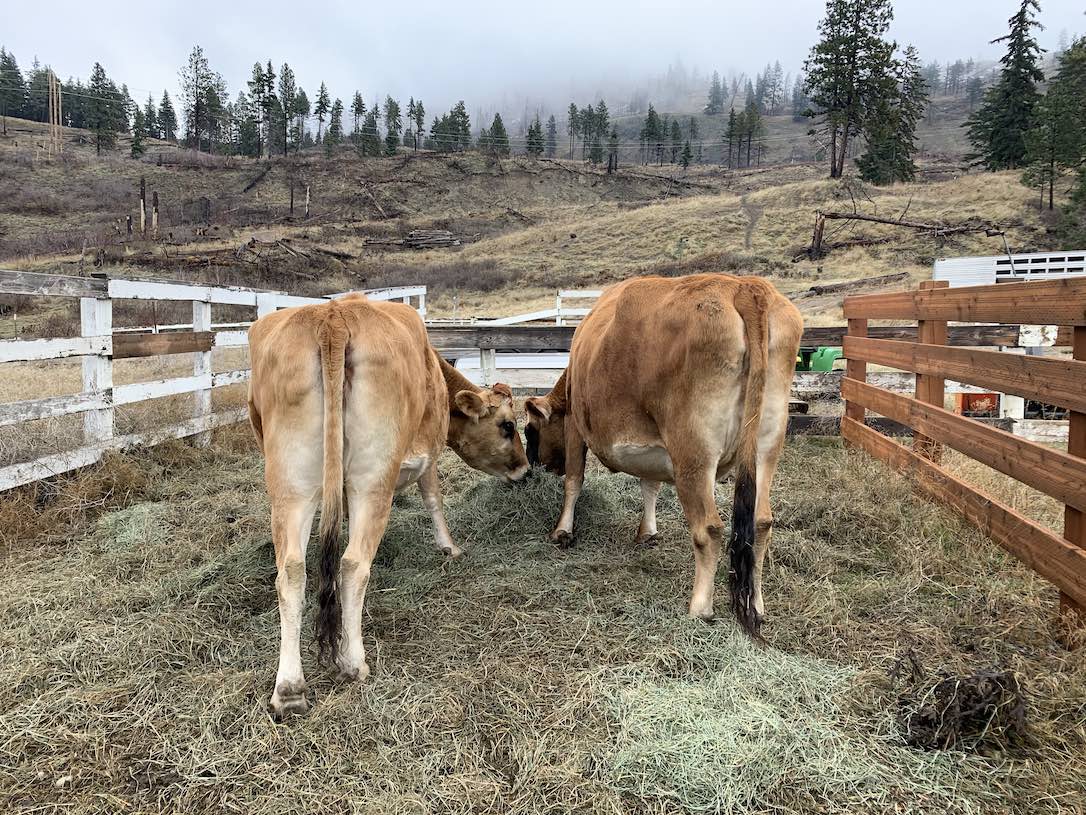
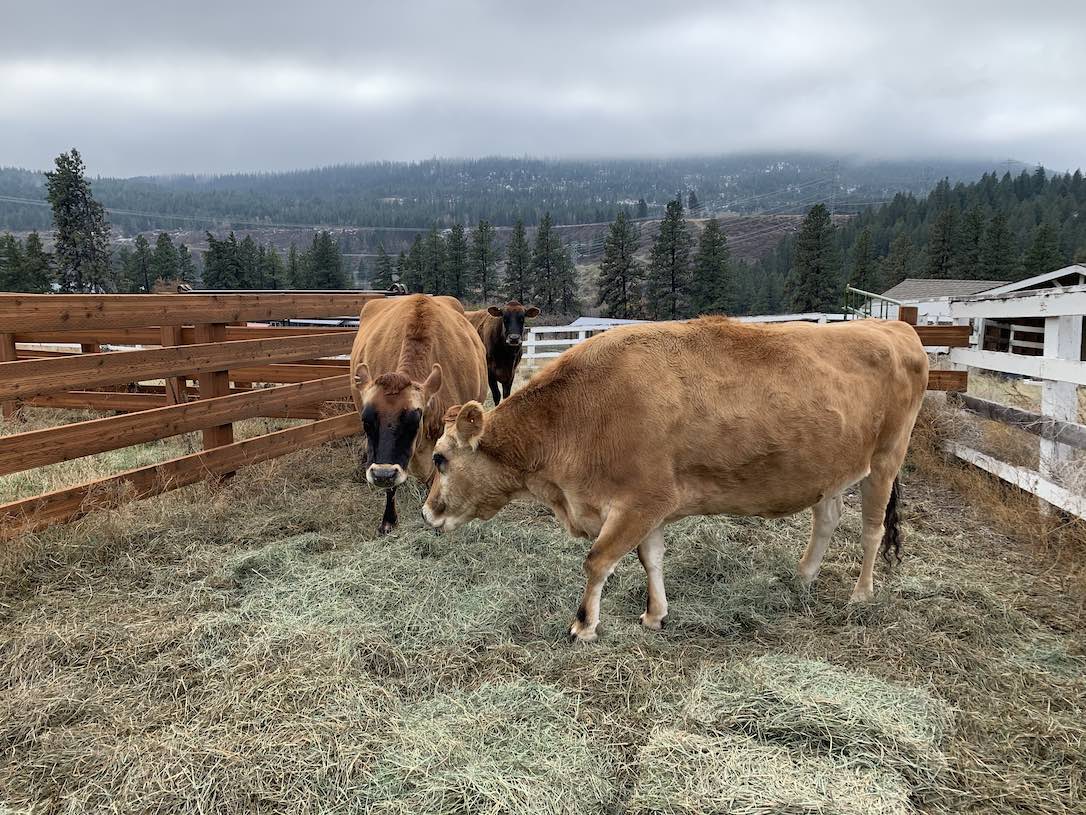
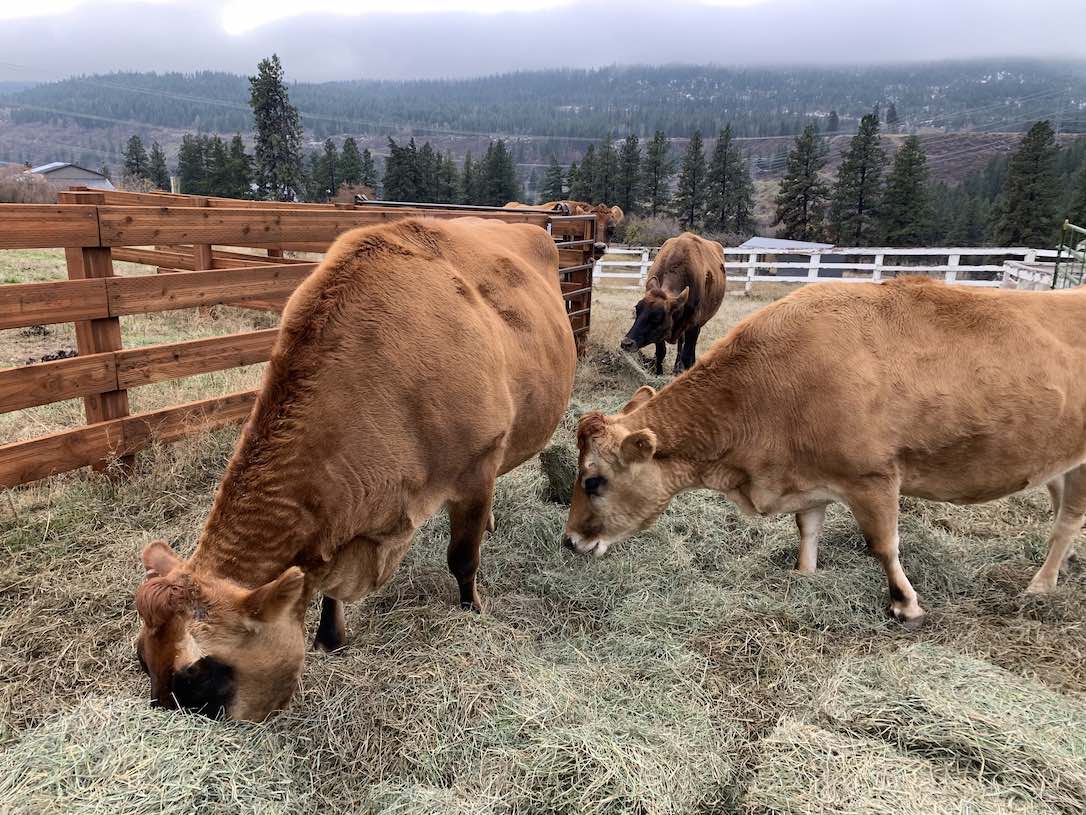
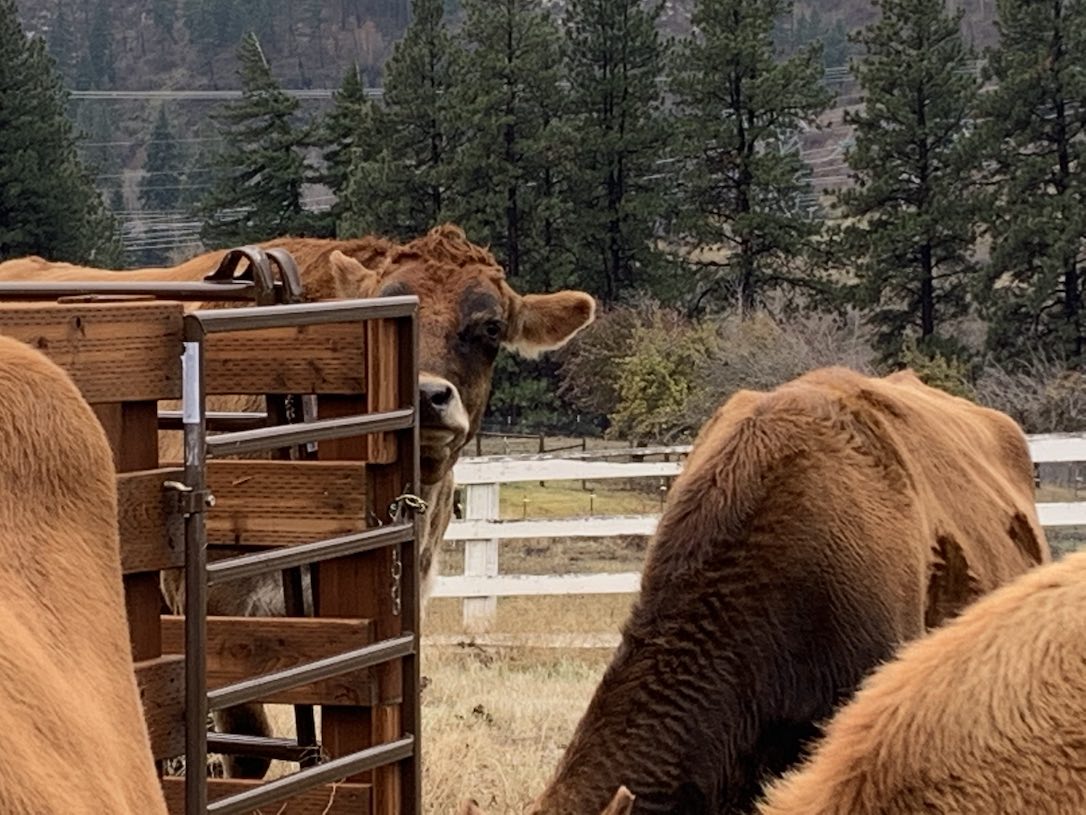
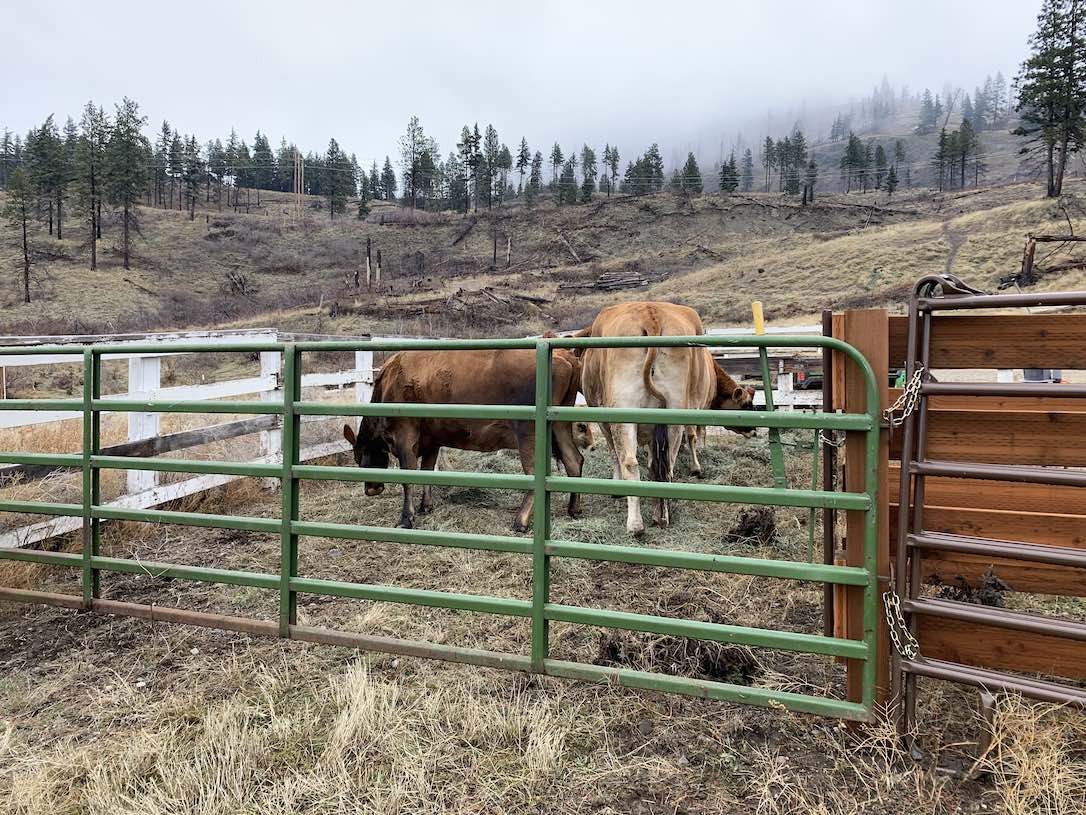
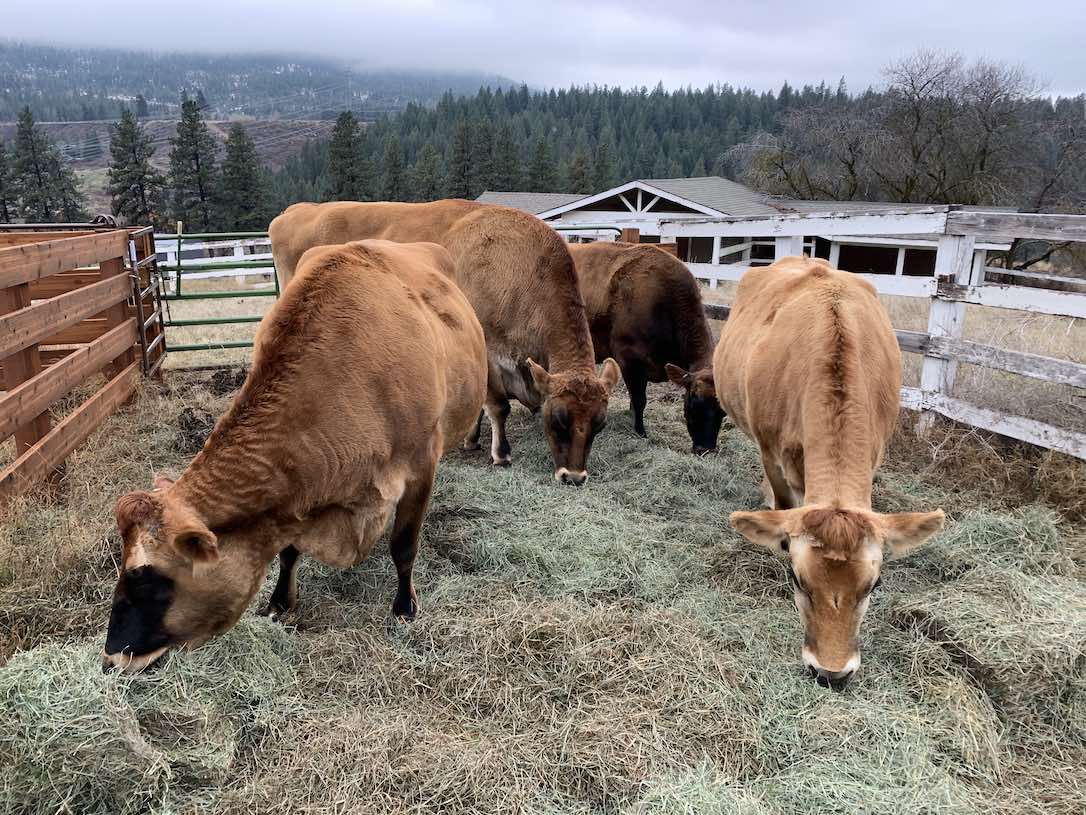
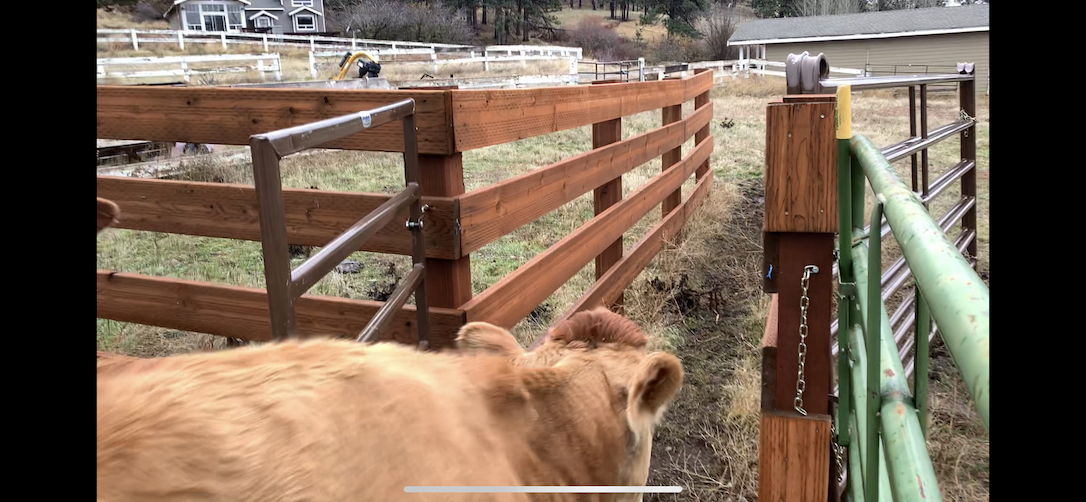
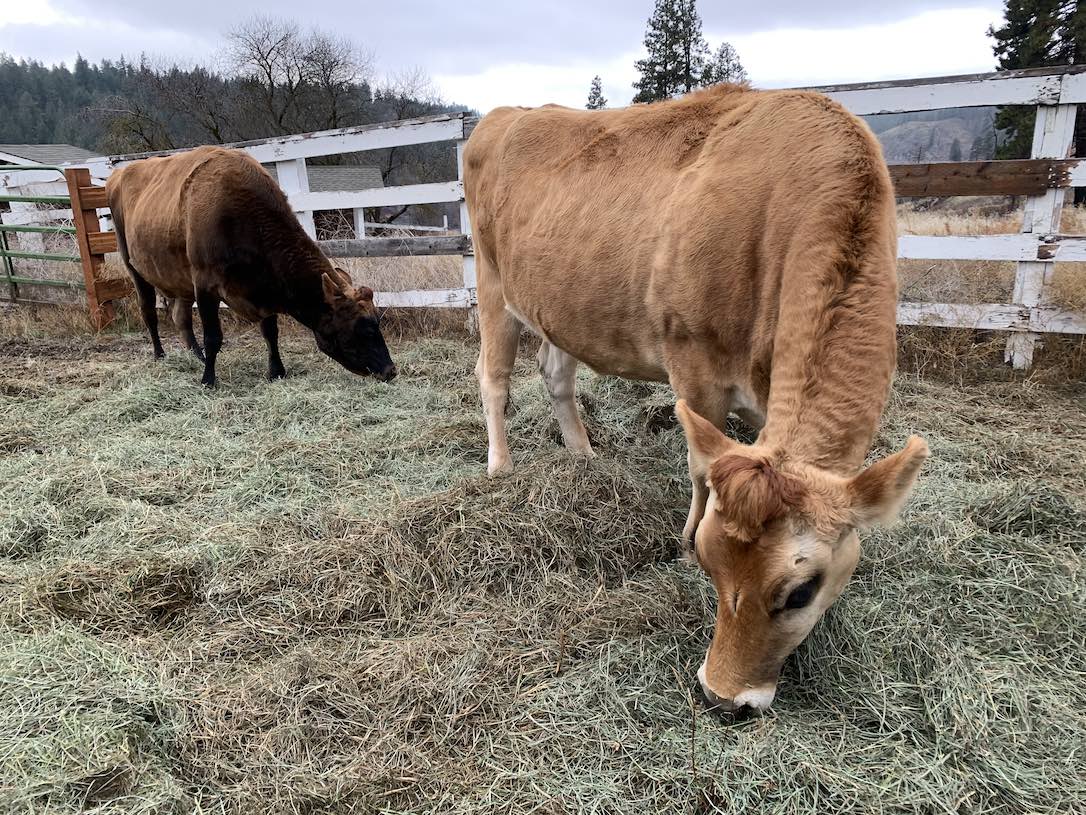
Our plan is to continue this training on a weekly basis until the cattle calmly enter the Bud Box and exit via the chute with only a tiny bit of coaxing. It may seem like a lot of work now, especially for a bunch of primatology nerds like us, but this training could prove invaluable if we ever have to round up the cattle in a hurry.
In the meantime, I think we all need to appreciate how awesome Nutmeg’s hairstyle is. This anatomical feature is actually an occipital protrusion called a poll, but I think it looks more like a messy man-bun. Either way, he rocks it.
